The Devil All The Time
free-base on the unveiling novel from source Donald Ray Pollock , The Devil All The Timetells a haunting history of violence in rural America , carry World War II . The shocking portraiture of the lingering essence of trauma , force , and the legacy it can leave behind is helm by director Antonio Campos . Campos is recognise for directingAfterschool , Simon Killer , andChristine(2016 ) ; he talk with Screen Rant about his experiences working onThe Devil All The Time , lead a star ensemble plaster cast , and how he brought Pollock ’s 2011 novel to spirit .
Part of Netflix ’s original line - up and in the beginning put out on September 16 , 2020,The Devil All The Timeunites veteran actors who have portrayed some of the most iconic graphic symbol in modern cinema history such asMarvel Cinematic Universestars Tom Holland ( Spider - Man : Homecoming ) , Sebastian Stan ( Captain America : The Winter Soldier ) , horror movie belly laugh nance Riley Keough ( The Lodge , The House That Jack Built),The BatmanandTwilightstar Robert Pattinson , Bill Skarsgård(IT Chapter One , IT Chapter Two ) , and other noted name .
bear on : Everything We Know About The Devil All The prison term
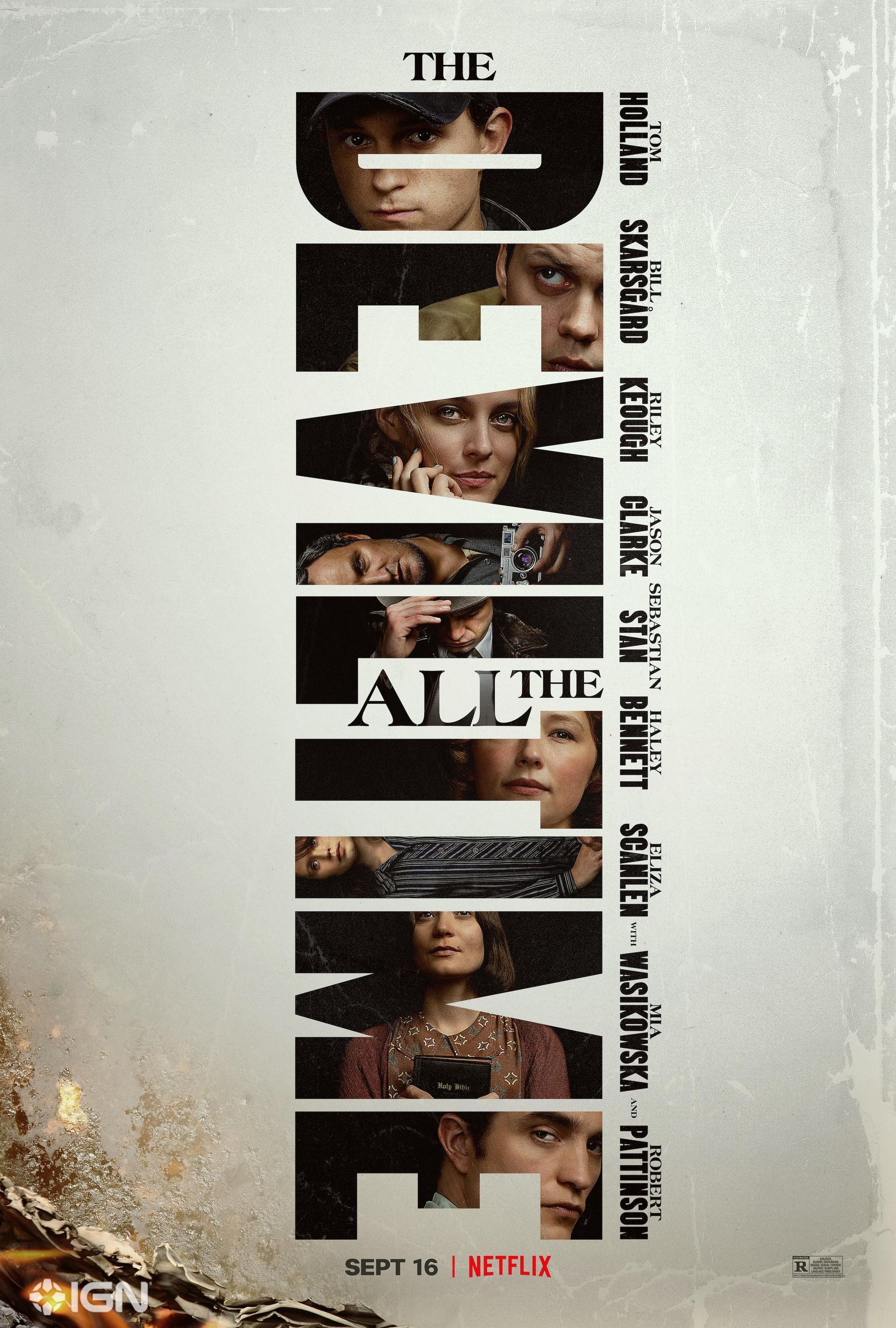
Whileearly review forThe Devil All The Timehave been mixed , the spectacular cast carries a phenomenal story about the perils of getting draw into wildness , the moral struggles of blindly following religion , and the putridness that can plague even the most rural region of the res publica . Campos had a firm lynchpin to work with in Pollock ’s novel , and the director speak to the challenges colligate with adapting such inspirational material , which drove him to createThe Devil All The Timeas a lineament film .
How did you first get involved with the project ?
" The book was yield to me by Randall Poster , or Randy , is more well - known as a music supervisory program . But we had crop together closely and make to screw each other and he said , ' you know , if you like this rule book , I ’d like to produce it for you ' , and I loved the Word , and I said I really want to do it , but I wanted to wreak my brother ( Paulo Campos ) on — my brother had n’t written a hand yet , but he had publish prose . I just had a feeling that he would love the book , and want to do it , and he did . And that ’s how it got start , Randy Poster really started the whole matter off . "
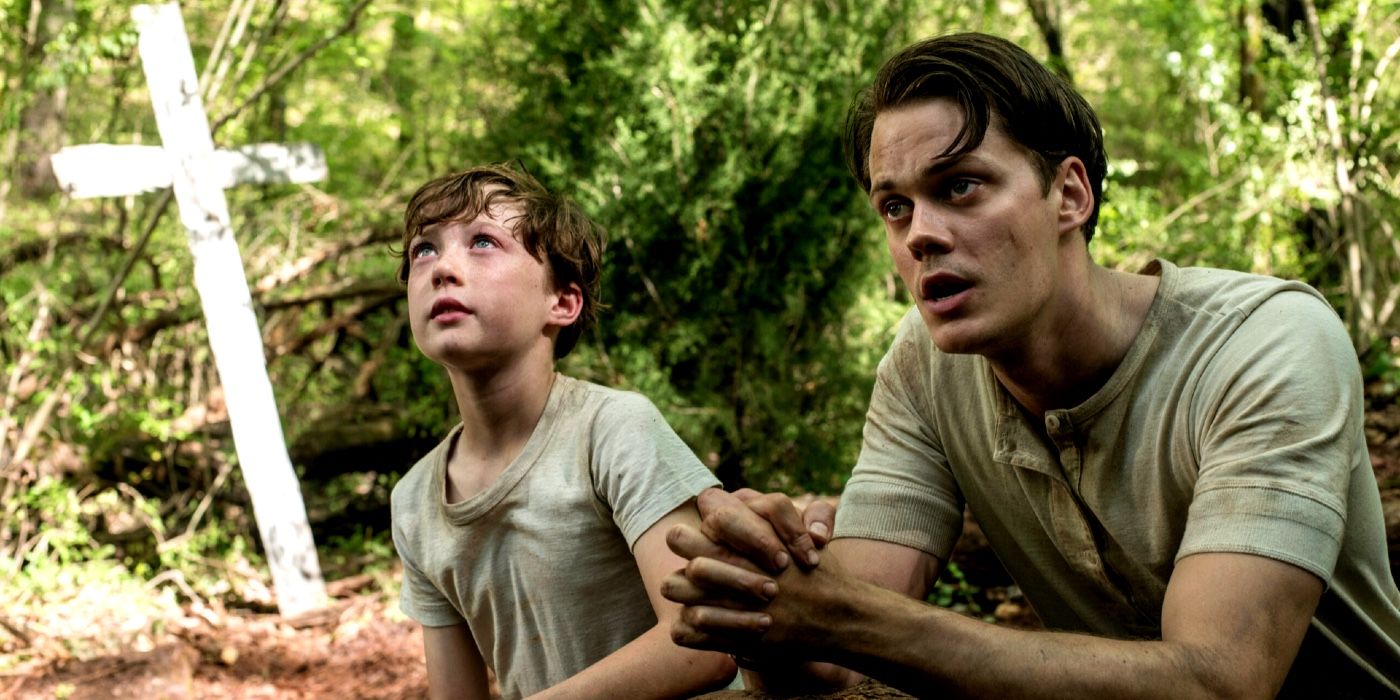
What about the book inspired you the most ?
" The elbow room that Don Pollock found to make something that was both Southern Gothic in note and felt like a hard - seethe crime novel , like somehow how he figured that interpersonal chemistry out was amazing . Those are two of my favorite genres , so I want to play in that public . He had such incredible imagery , the book is very cinematic , I think he — some of these ideas that are in play , in the book … the serial killer couple , the husband who take photographs , that right there is the kind of visual element that ’s so exciting to try out and create in a flick . But thematically , what really grab me was this geographic expedition of faith and violence in the land , and this variety of generational tale that was connecting it all , the story of a Padre and son , and the matter that the Word inherit from his male parent . How he lives with that hurt and how he swear out it , and then how , you know , it informs all the actions he takes and the hope that peradventure he fail the cycle that his Fatherhood has started . So that was what really grabbed me in term of the news report . "
One of the things I jazz the most about the movie was that ability to blend music genre — at times it felt very much like a offense play , other time it palpate like a horror moving-picture show . What did you desire to play with the most with genre ?
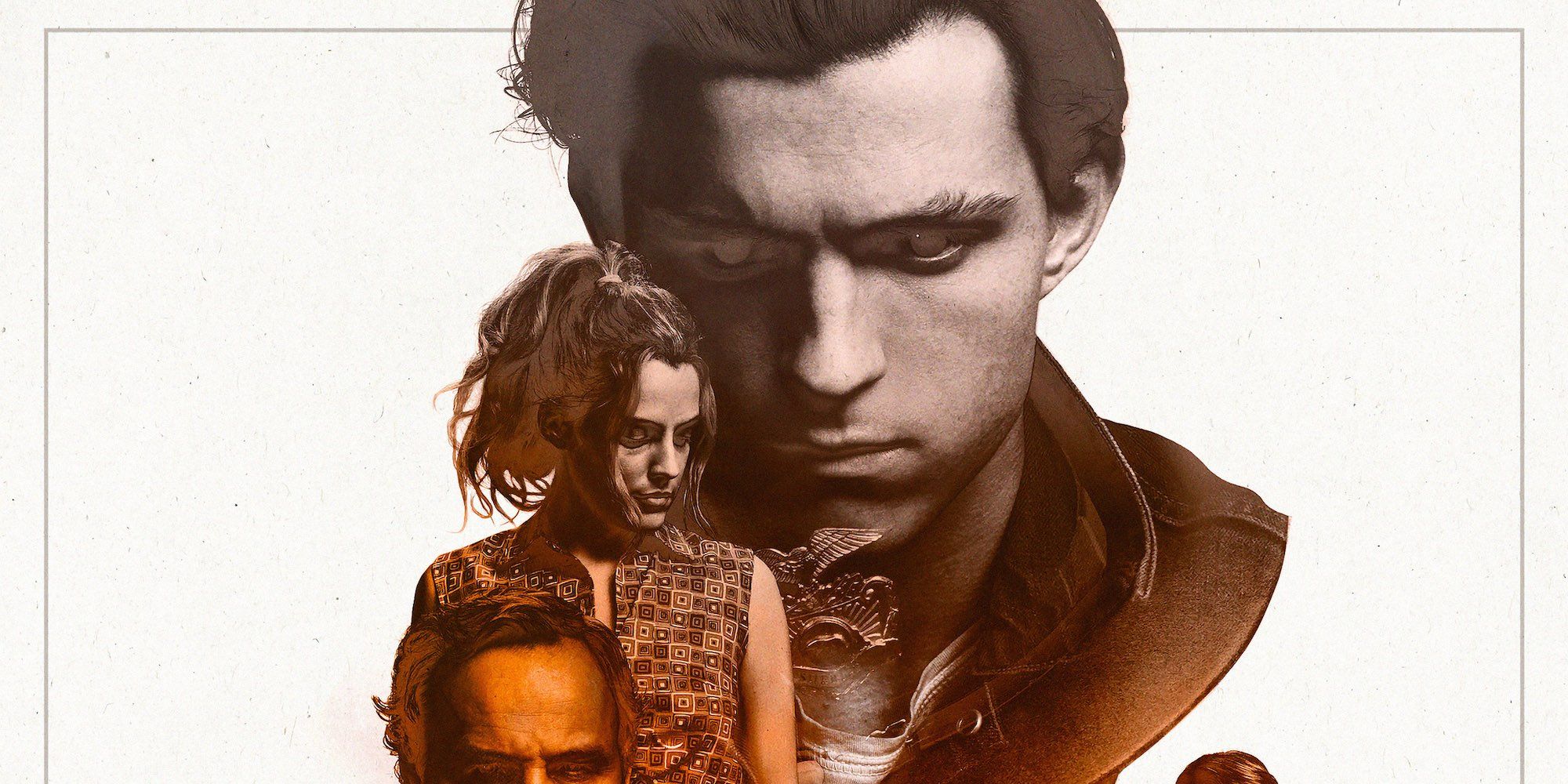
" Of course , you just require it to work . To switch over … like already , we ’re change world , correct ? We ’re going from one character ’s human beings to another character ’s world . We ’re going from one plaza to another , we ’re going from one fourth dimension period to another , so there ’s a lot of act around . And then on top of that , we ’re switching tones , we ’re trade the mood , the literary genre , and so they all had to work as one , and all the actors that were playing very unlike characters had to work as though they all exist in the same universe , and there was n’t any special thing that I did to taste to figure that out , I just seek to take it case by case , view by scene . And that was how I come near it , I just approach it panorama by scene and hop that , if I did it that way , it would act out in the end . "
How important was it for you to remain true to the source material ?
" It was n’t so important to my comrade and I that we did the scenes the way of life that they were drop a line . What was important to us was that we captured the feel of the thing , and that we did justice to this wonderful objet d’art of writing … this wonderful Bible that Don had written . We were attached to being faithful to the sprightliness of the account book , and to the spirit of his character reference , and the biggest themes of the playscript . But we feel very destitute within that world to act as around , and to even like … to even create fiber or even sort of , not make theatrical role , but take characters that were in the periphery of the volume and make them people in the story . The example that I ’m thinking about is BoBo McDaniels and Leroy . So , those are peripheral characters that you hear about , but we feel like … we really wanted to get a good sense of the spoiled things that Bodecker is doing , and we felt that there was this sort of interesting underbelly to Meade and to Knockemstiff , so we started playing with that … produce those characters , bringing those character that never really had tantrum in the Word of God . But we mat very free , we felt attached to the flavour of the book . "
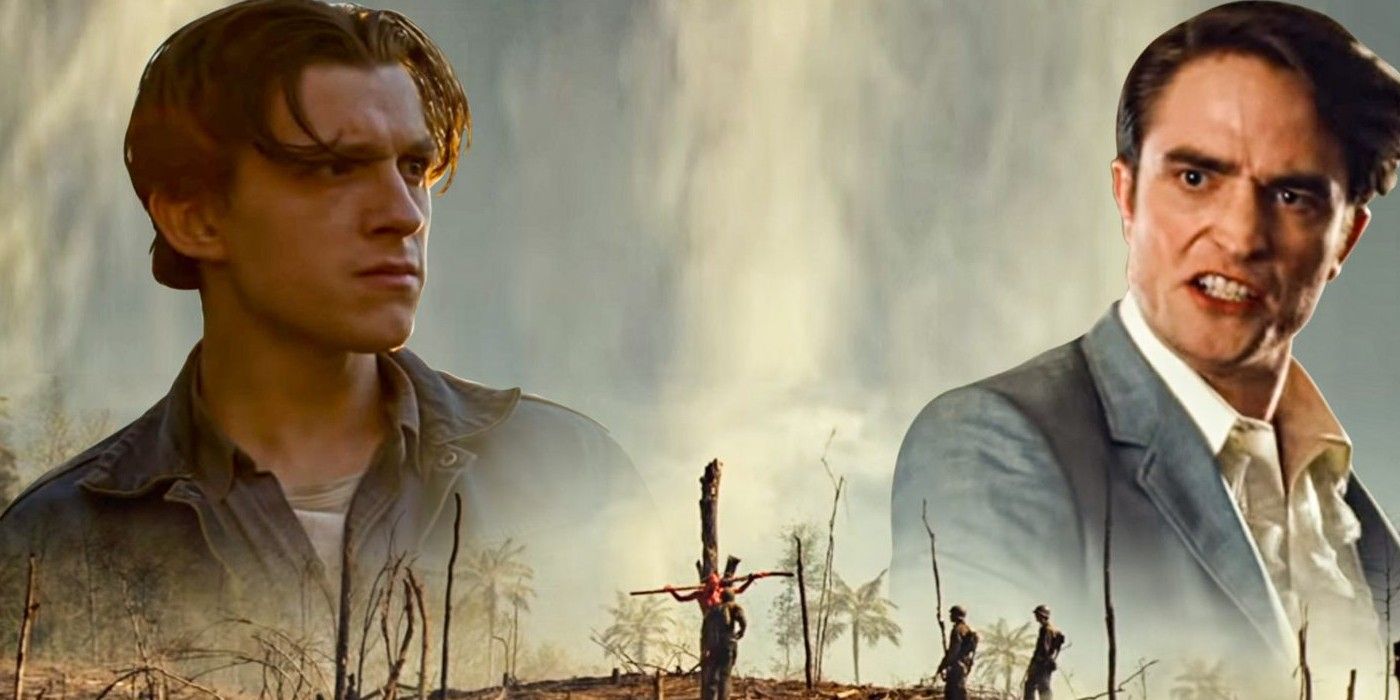
Conversely , where did you think it was most crucial to put yourself into the story ?
" It ’s not one where it ’s easy for me to say ' oh , this was me ' or ' that was me ' . I can say that the elements … the thing that speak to me most personally was the battle with faith and shin with organized religion , and you know … want to believe in something and being conflicted about it and also being at conflict the views of my parent and wrestling with that . Those elements were the ones that I think spoke the most to me and to my own life . But there ’s not a character reference in this that I can say ' oh yeah , that ’s the one … that ’s the closest to me ' like I could do in some other picture . "
Which might be a effective affair !
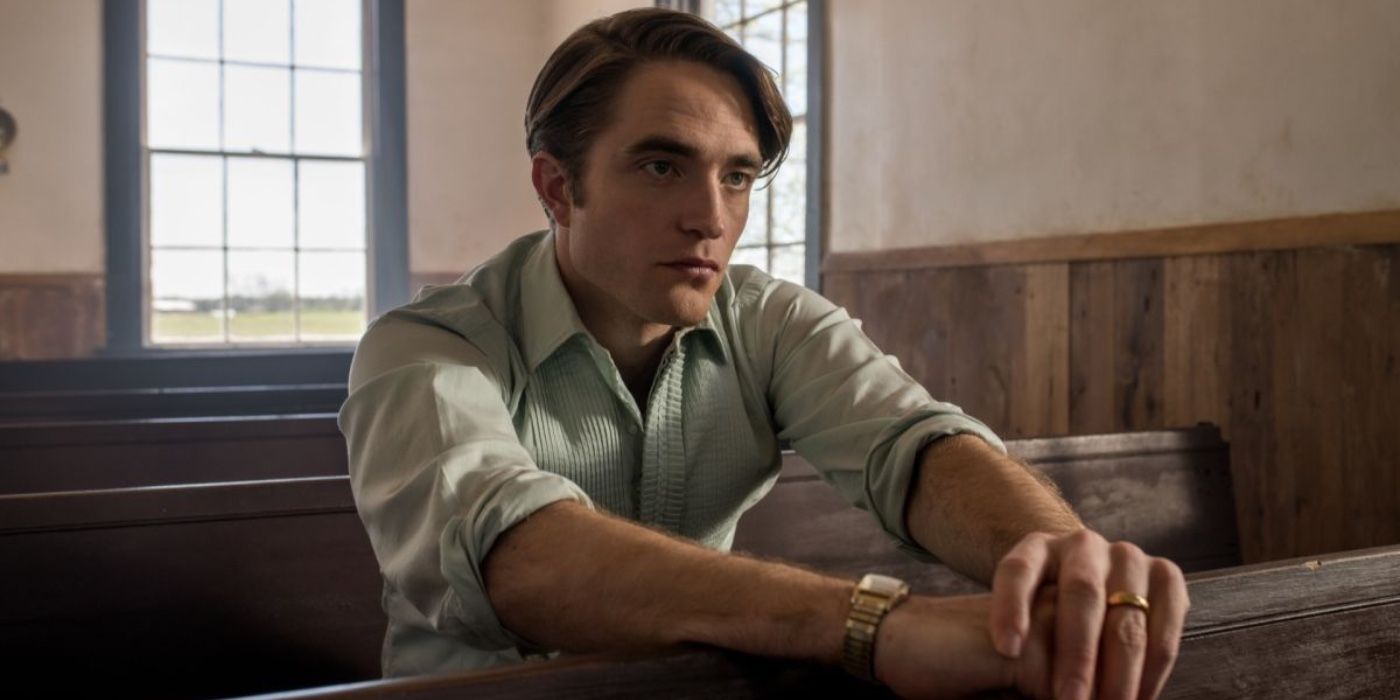
" Yeah ! I mean , you do n’t really want to relate to Carl or Teagardin . Or any … I think , they ’re all … they all have their negative , to say the least . "
There was a lot of really strong electronic messaging and thematic material in the movie — why isThe Devil All The Timesuch an important story for audiences today ?
" I think that the geographic expedition of faith and the way that people concern to faith is something that is world-wide and that is timeless and is always something that people are struggling with through history . I believe that there is a form of rage at the center of the movie that is a result of that intersection between faith and wildness that is kind of at the core of the country , and I wonder if there is n’t an facial expression of that that would be interesting for people to sort of search further and speak about . We made the film in 2019 , I wrote the playscript from 2015 to 2017 , and the leger was save in 2011 , so it ’s been a long meter … you never get laid when a movie ’s going to actually come out . When you start working on something , you ’re in a different … when I startle work on this , I was n’t a father yet , I was n’t even married . In the time from when I started working on it , I got married and I had a son who is now two , and I ’ve modify so much . So I do n’t know , I hope that people encounter something to take from it that feels relevant today . "

It ’s emphatically a different worldly concern , too . The book was put out in 2011 , you wrote it in 2015 — that ’s two dissimilar clip time period , essentially . That ’s a huge thing to count .
" Yes , totally . And 2015 is very different than 2020 . "
What was it like working with such a large ensemble cast ?
" It was … you cognise , I had worked with a big ensemble onChristine , but that was a more arrest movie and the ensemble was kind of all together . I think that the experience that I had doingThe Sinner , which is a big ensemble and a heap of storylines that are separate that are all going to come together was probably unspoiled … it helped me prepare me for what it would be like to have to conduct this cast and to flow from one story to another and from one actor to another and one actor ’s process to another actor ’s outgrowth . Because on TV , you ’re dealing with a lot of different personality and different level that all have to kind of connect , and you ’re going to have a day , like onThe SinnerI’d have my solar day with Jessica Biel and I ’d have my days with Bill Pullman and then my Clarence Shepard Day Jr. with Chris Abbott and that story . So I think that , in some means , that prepare me for what this was , which is just hold to be very agile , ingest to be very fluid in interchange the way that I utter and deal out with every actor because every actor , I find , address a different spoken language and you have to … more than them pick up your language , you have to read their language , and you have to see what they need and what they do n’t ask from you . To do that with this many worker , it just necessitate the power to shift your approach day to day , and sometimes within the day . "
I make that sorting of serialized spirit from the movie in the fact that , with each type tilt focus , it almost find like different movies , and it all was cohesive , but there was decidedly a fracture in focus . How did you approach that ?
" We just had … because there is that climb up from one topographic point and radical of characters to another , what we had to do was we had to make a very consistent language — optical spoken language — we had to create a consistency to the look and to the look of the press , the face of the design , and then we ask that unifying interpreter that the storyteller provides , and that was sort of … those were the keys to try and make it all find like one thing . So , the focus was just sort of making that the speech — the ocular language of the moving-picture show — was ordered from one piece to another , and the man all worked together . "
What were some of the big challenge you face during production ?
" The biggest challenge ? I think of , there was a lot . We shot in Alabama , Northern Alabama , and Northern Alabama is … Alabama ’s an interesting place because of the conditions ’s so irregular . Like , they have this saying in Alabama which is like ' if you do n’t like the conditions , wait five mo ' , which is the tough if you ’re on a film set and you need consistent swarm reportage , you demand consistent … you want to check that you recognise when it ’s going to rain down , and that when it says it ’s gon na rain , it rain . And that , if it ’s gon na rain down , that you have a covered set , but then with Alabama , it was like … it was cloudy , and then it was sunny , and then it was cloudy again , it was sunny again , then there was a tornado — tornadoes came at random — and then on top of that , there was poison Hedera helix and poison oak in all these woods that we were shoot down . The surroundings was a challenge to work with . Then , scheduling - wise , a picture show like this is challenge because you ’re grapple with a plenty of actors who have very specific in and out escort , and you have to adapt those and make your schedule work to them . And the film was very ambitious from the beginning , and we had to do a fortune with a circumscribed amount of time , and we were n’t a huge budget picture . We were still what I would conceive an independent film , we ’re in the Netflix indie division . It still had the same kind of , the same form of approaching that I have with anything I do , maybe it would n’t weigh what the budget is , because I come from indie film , I always seek to think of everything in term of being very economical and seek to be as efficient as possible . "
How long was the shoot ?
" It was somewhere around 40 - something days . "
What are some of your favorite moments and store from making the film ?
" My favorite , um get me see , there ’s some upright ones — shoot the final face-off between Arvin and Bodecker , Sebastian Stan come in so unrestrained , like not angry , but like Jack Nicholson inThe Shining , it was like on another plane , and I enjoy that . I loved that Clarence Day , it was like , his performance , there was one take in peculiar that was really inspiring . My other favorite scene to shoot , which we had like a day and a one-half to do , was the conniption between Tom Holland and Rob Pattinson in the church — that ’s plausibly one of my most favorite things I ’ve ever shot . Those two actors are so full , that prospect is so well - written , and it feels so satisfying to in conclusion get these two guys together and I really had to , because it was like theater , it was just two people sit across from each other . The challenge was really using the television camera to build the tensity and to entrance the functioning , to do DoJ to those performances , so that was the most … that was my favorite scene to spud in the moving-picture show . "
That was a very intense scene . The whole clip I was watching it , I was guess not only is it so intense , but it ’s such a different side of both of those doer .
" Yes , yes , yeah . "
What is the biggest message you want to give to mass watching this movie ? What is the one takeout food you hope that they ’ll have from this ?
" I would hope that , sound into it , that people are n’t looking for a schematic story . Just allowing the film to go where it ’s gon na go , and not attempt to call where it ’s going to go . I desire people to sort of have this sort of surprising experience , and go along with the ride . So , it ’s more for me it ’s sort of like … I always recall whatever someone takes from a movie is what they take from the movie , and I know what the movie needs to be , and so much of what I get laid about the movie is the experience that I have watching it . It ’s almost like I could get to the close of the movie and not recognise exactly what it is that I ’m feel until the next day , but I love the fact that it ’s take me someplace . So I desire that when people turn this picture on that they go along for the drive and kind of let the movie fall out . "
Next : Netflix : Every Movie & TV Show Releasing In September 2020